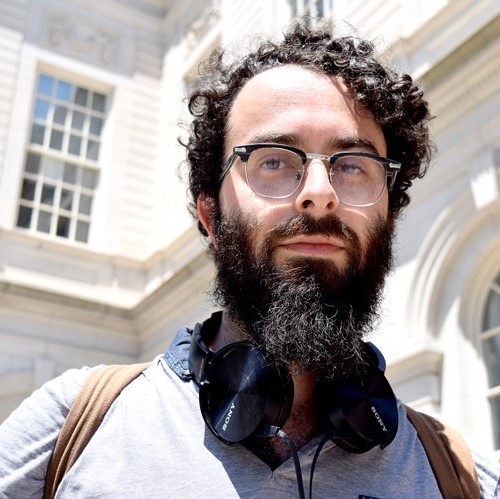Reading and Rereading

There’s a good quip about the Jewish people: we’re the longest running book club on the planet. This week, in synagogues and study halls across the world, Jews are rolling the scroll of the Torah back to the beginning and starting again. This is a different kind of reading than we do in other spheres of our lives. We read books, articles, and stories at specific times. They could be life-changing—we might return to those texts and reread them—or they could quickly be forgotten. Some people will do that more than once, at which point they have become either fans or scholars, giving those texts a place of privilege in the formation of their individual identity.
But this Torah is something else: a book we are always reading, in intervals fixed by a community. We are brought into literacy by it. We start over again as soon as we finish, racking up countless readings and rereadings. What does this choice mean for us? On a basic level, it means allowing this text to exert fundamental moral influence on our personhood. It means having a growing relationship with the text, constantly revising our understanding with the accumulation of life experience. It means being humble enough to revisit questions we thought we already answered. We belong to that tribe of people who think it worthwhile to go back to one book, over and over again, even if it doesn’t advance our careers.
The narrative arc of the first eleven chapters of Sefer Bereishit offers us the foundation stone for our collective worldview. What is the nature of the world and humanity, what are gender relations, what causes violence, and what is the source of human diversity? These are all questions that we are compelled to revisit and revise annually as a group. We struggle as a group to develop our moral knowledge and refine our values, and we struggle as a group both to use our holy texts toward that end and to bring our understanding of those holy texts in line with our highest moral conclusions.
This is not merely a scholastic exercise. There is no knowledge of the Torah that is disconnected from pedagogy, even if you are working outside of an educational context. Jewish education is necessarily a collective activity whose medium is study of the Torah. What we learn can and must be shared—even among our newest and youngest members. They, in turn, will make something new of it that we cannot yet imagine.
Allow me to share an example of what is at stake.
Once, when I was substitute teaching at a progressive Jewish day school in New York, I overheard a boy in the first grade boast to a girl that boys were created first. It says so in the Torah, he said. I flinched. It’s hard not to feel bad when you hear something like that, especially if you’re not used to commonplace childish competition between genders. As a teacher of the Torah, I was ashamed to hear it exploited in that way. I have great respect for this day school, and I know the teachers there do not teach male chauvinism. The boy in question was not parroting the way Genesis had been taught to him. He was innovating. He was making creative use of the Torah he had inherited, and I can only hope that his understanding of the Torah and of gender have both evolved with time. What is sad to me is that the girl was not prepared to reply with her own devar Torah. She could have cited Genesis 1:27, which says the two sexes were created at once. But I sympathize with her. I have also been speechless in the face of the ugliness of my tradition, and painfully aware of my own limits in responding to that ugliness.
We cannot invent all the myths that drive us. The traditions, however broken, that compose our contemporary world inform us as well, and color our reading of our sacred books. They grant us a view of some of the possibilities of Torah while blocking access to new ones.
What this means is that the full power of the Torah has yet to come into our view. A new generation of the Torah is unfolding still. There are some places we can sense the shift, even if we don’t know what it will be. We know that the tale of Adam, Eve, and the Edenic vision will someday hold within it new structures and possibilities of gender, though we can’t yet quite imagine how. Passages that are puzzling ciphers to us now, or academic curiosities (such as the children of “elohim” in Gen. 6:1-4), will find their place in the next generation’s moral imagination, helping them articulate their vision for the world.
So toil in learning! Whether you are a prized scholar, or reading the parashah in English for the first time, your insight could help new worlds come into being.
The publication and distribution of the JTS Commentary are made possible by a generous grant from Rita Dee (z”l) and Harold Hassenfeld (z”l).



